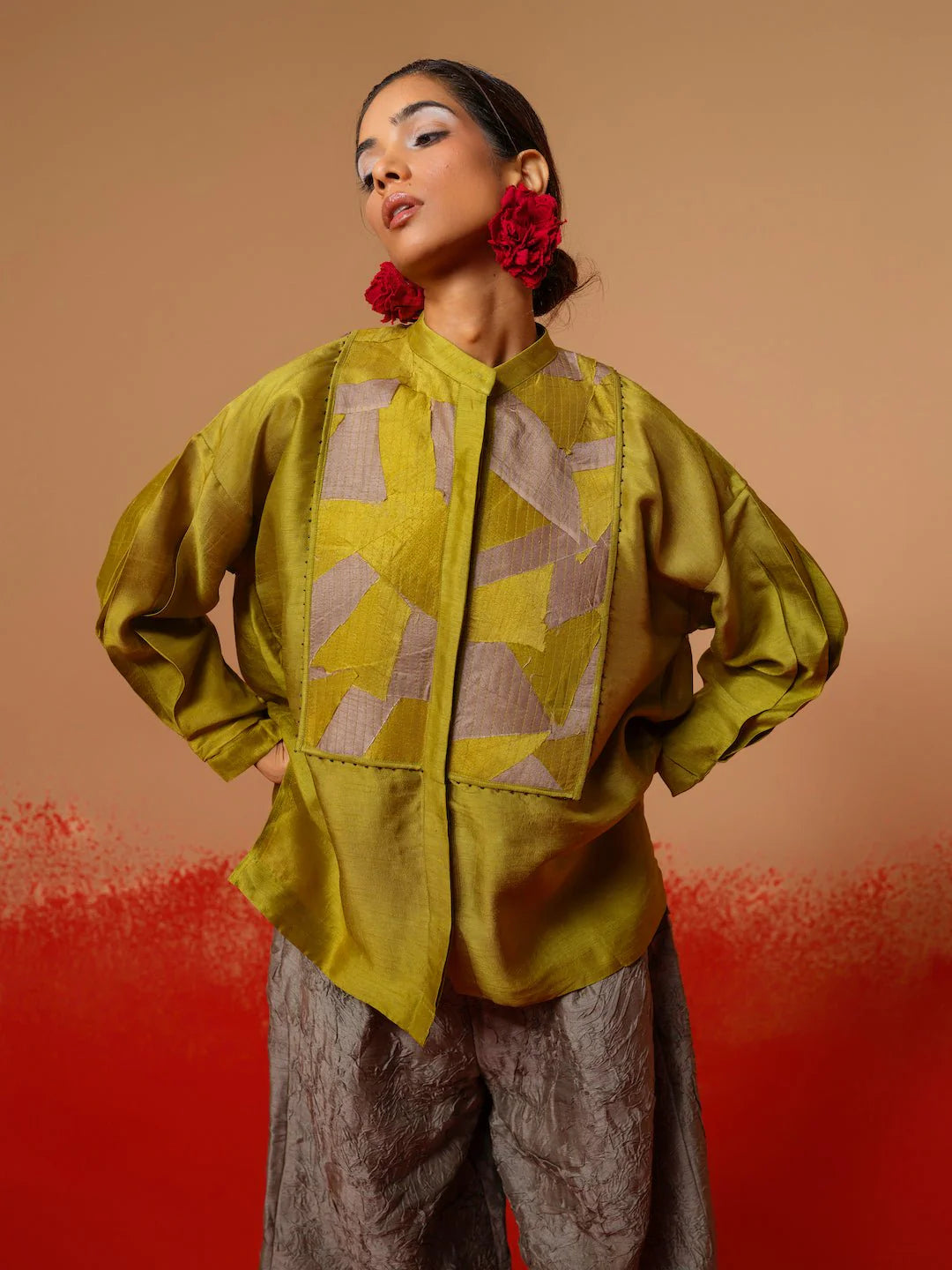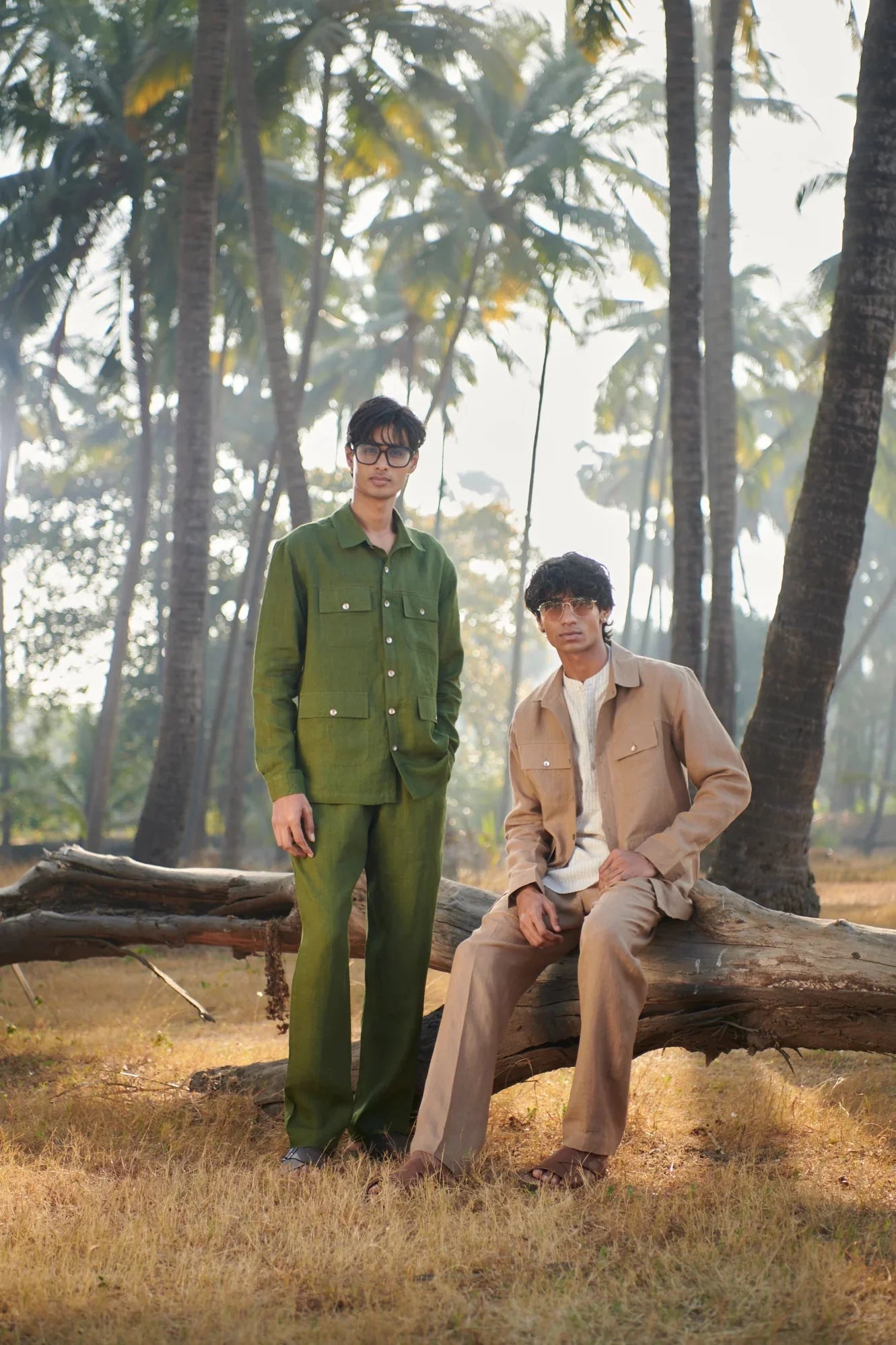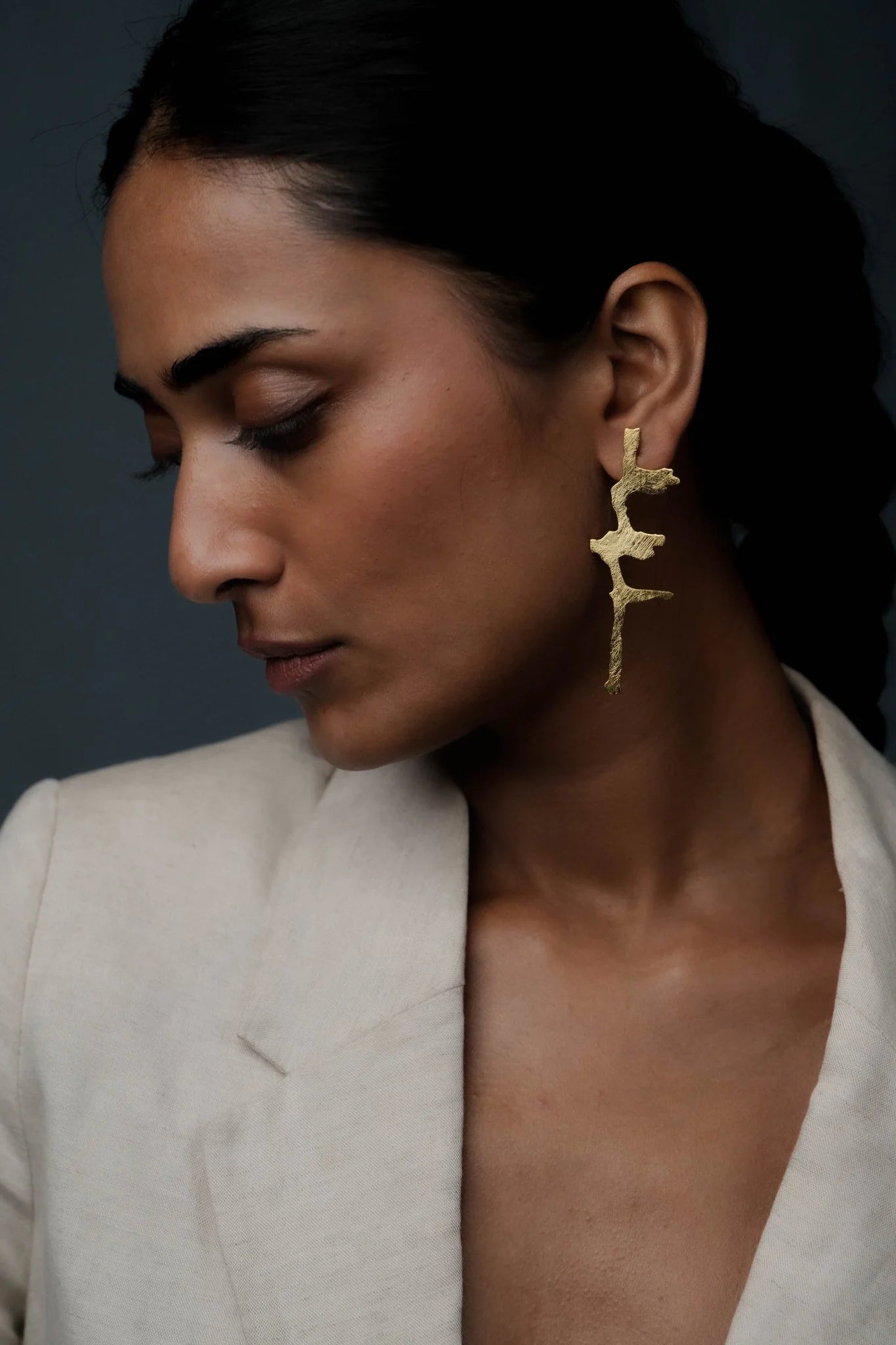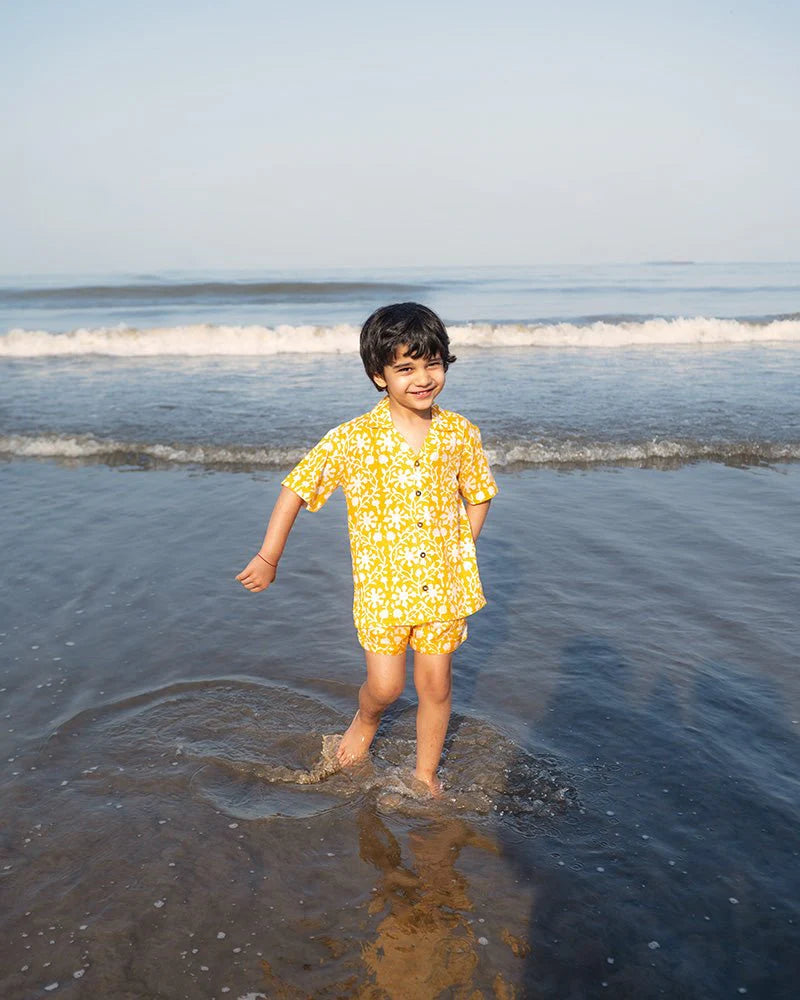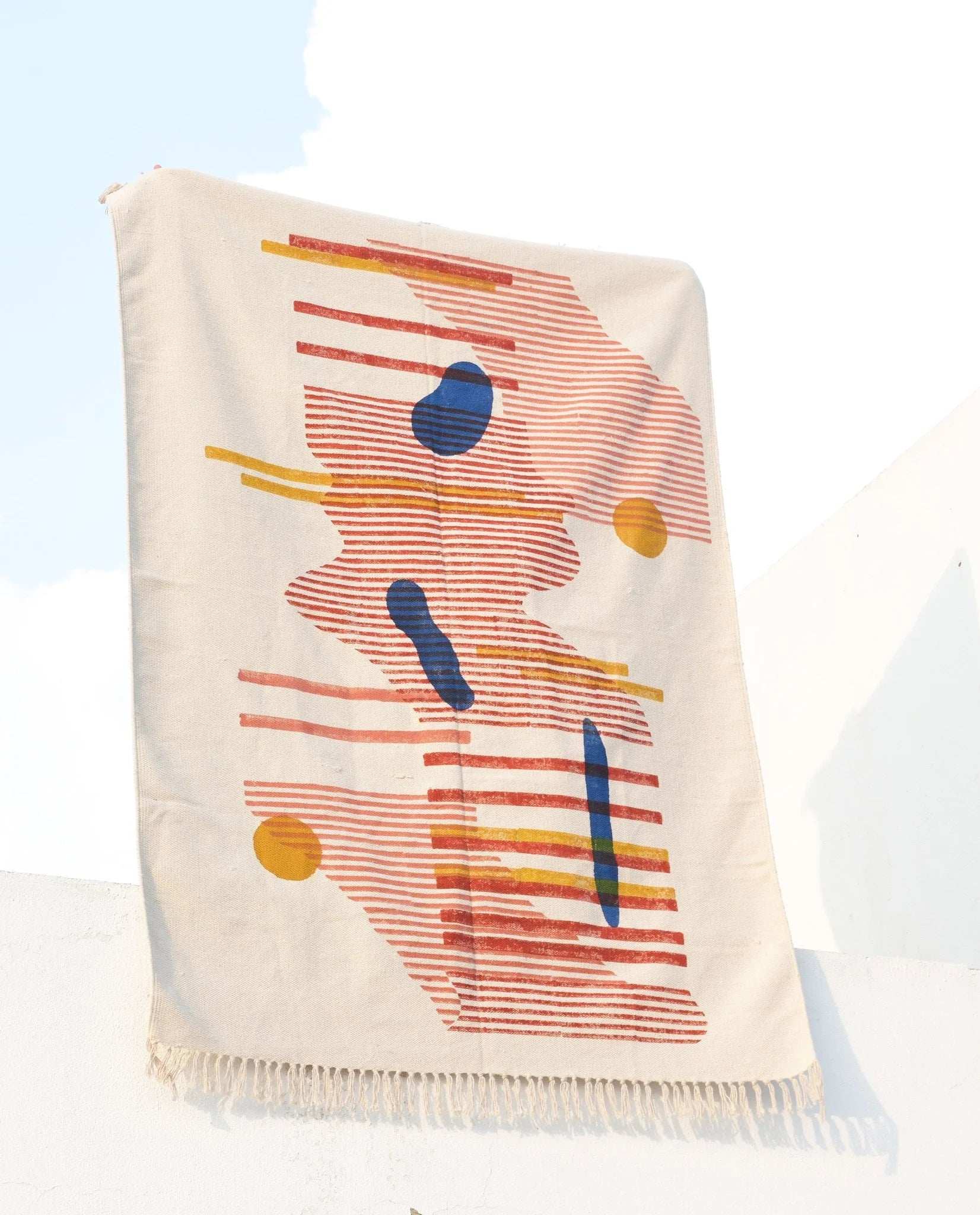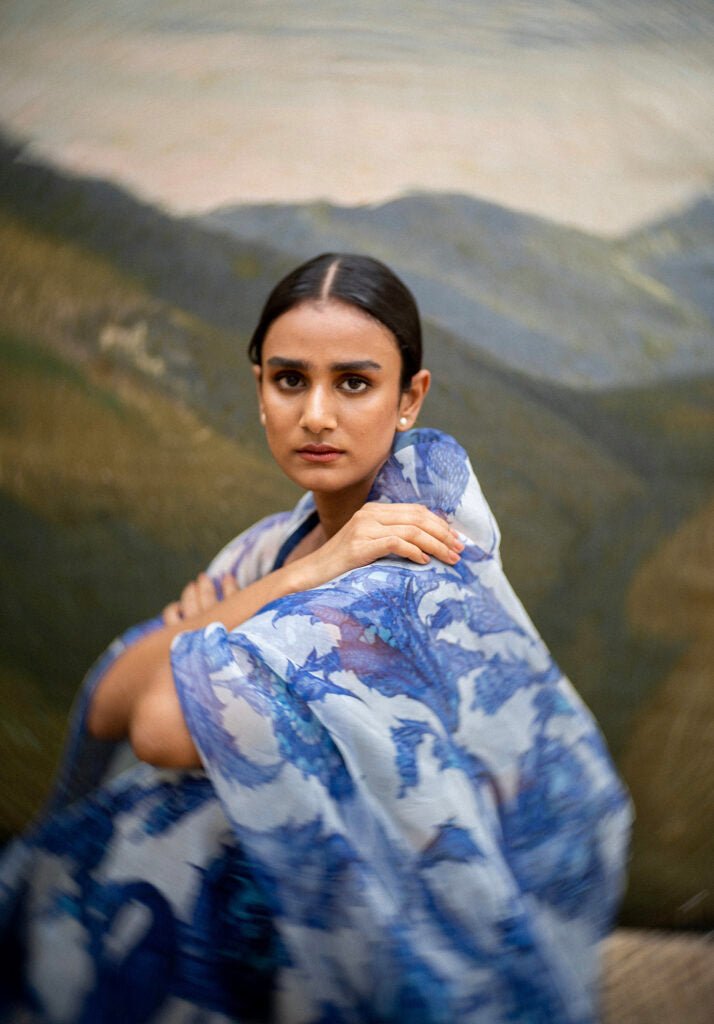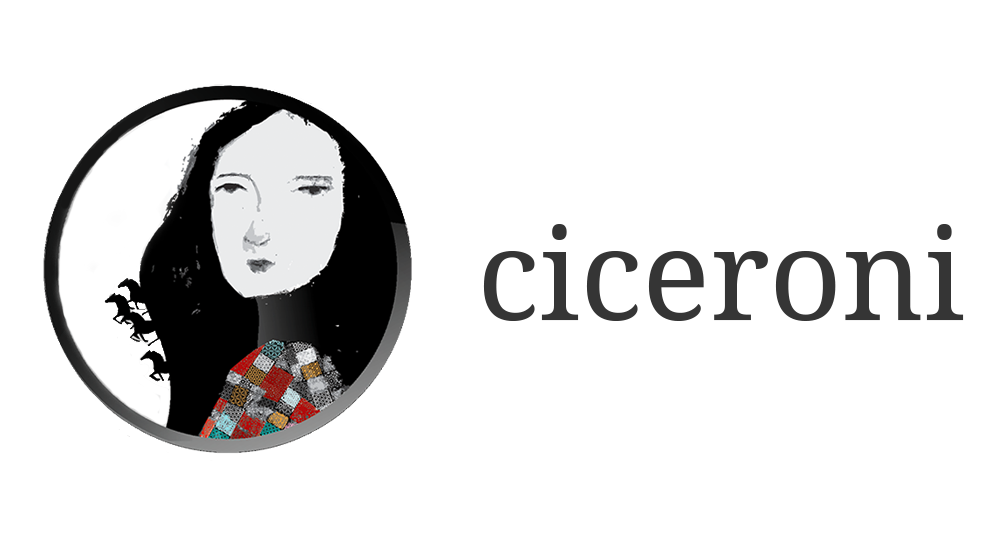Our grandmas adorned it…we saw our mothers drape it…your sister wore it for her wedding…your junior gifted it to you…. you found it as an heirloom…you bought it with your first salary…
Ring a bell?
It’s the 6 yards of sheer elegance. Over the years, much like the country itself, the saree has endured, toiled, changed and has not only continued to evolve, encircling the changing world around it but it has also remained deeply rooted to its cultural significance. The evolution of this timeless staple runs parallel to the history of India in a way that is rarely witnessed. It is a remnant to India’s past and marker for the present and future. Tracing its first mention in the Maurya and Sunga period around 300 B.C, the ‘saree’ or ‘sari’ has been known as the ‘magical unstitched garment that, for Asian women, has been much more than the swaths of fabric. They, until this very day, are the symbols of national pride, ambassadors of India’s traditional design and craftsmanship and a key illustration of the rich cultural differences across 29 states of India.
Growing up in India and watching our grandmothers and mothers drape saree every day, had most of us thinking if it was such an elaborate process. If not vividly, most of you would still remember how our mothers reached over to their carefully folded stacks of saree and selected for the occasion – the regal Kanjeevaram silk or the ancient Banarasi, the dainty chiffons and organzas, the comfortable linens and cottons, the fight has been an eternal one always. Then she would rummage through her closet for the matching petticoat and a blouse, followed by a methodical process of pleating and draping. The process made it daunting for the younger generation to take a fancy towards it.
Right from the leheriya sarees worn by Rajput women and the British inspired short sarees and boots of the 1920’s to the Nivi styled sarees from the 1930’s and the ruffled adaptations of saree by Bollywood, the saree has slowly transcended from being staple wear to then occasion wear to now finally reaching luxe streetwear and has gone to become artistic Gen Z’s favourite work wear staple.

What changed over the years?
Laying down her thoughts on the change in the perception of saree over the years, Emily Chakraborty, Founder Kaisori, a Bangalore based clothing and lifestyle brand that celebrates the Indian culture and craftsmanship with their handcrafted range of sarees, jewellery, shoes, accessories, and home décor made by master artisans from different parts of India, shared “As a person watching the trends closely, I feel that the saree has moved from being an occasion wear to an everyday wear. And, in terms of the kind of drapes, what has happened is, the silhouettes have become more experimental with newer fabrics and design interventions. The idea of wearing a saree for long, has been resonating with festivities. The patterns have gone to become more contemporary, the types that the millennials would find alluring to wear as a streetstyle staple or even a workwear. The acceptability has changed over the years and that has opened up a lot of opportunities for brands and consumers as they work with crafts and artisans.”
Elaborating on the acceptance of Indian crafts and textiles, she further added saying “The influx of social media has made consumers and designers more aware in terms of India’s rich textile history, the knowledge of different fabrics and of course ideas on how one can drape the saree in a more contemporary and relaxed way.”




How have the millennials accepted these trends?
Giving us an insight into the millennial mindset and dressing sense, Priya Mittal, Designer – Yam India, a print-centric, millennial-run brand that produces locally, and doesn’t adhere to the retail calendar expressed “Millennials are not only adorning saris for traditional events but also including it in their work wear and everyday basics. We have now begun to realize the versatility of these 6 yards, and the sheer elegance of it. I personally love to wear saris even when I’m out for coffee. Fabrics like silk, mulmul and silk organzas are something that millennials frequently pick out when it comes to saris. As far as workwear is concerned, saris for work wear is becoming increasingly common, be it styling it with blazers, draping it the dhoti style way or just draping it the casual way. Millennials are giving the saree their own style twist, and owning it! It is so heartening and interesting to see the ways in which saris are being styled. It is safe to say that saris are something that will never go out to style, we might reinvent the ways in which we wear it, but it’s here to stay!“




Here’s what they shared –“One of the things that really mattered to us when we started SuTa was to convey to people that a saree is something that people can wear anytime they like, and they don’t need a reason or an occasion for it, and wearing it at work is one of best ways to flaunt a saree and feel like a million bucks. It not only looks stunning but also gives some serious boss-lady vibes! We surely have noticed that more and more women have started wearing sarees at their workplace, and it makes us so happy. We also see that while at work, comfort is of first priority. Work-wear sarees have to be a balance between looking great as well as making you feel great. However, there are no set rules. The best thing about sarees is that you get to create the rules. Trends come and go, but “being you” will always stay a fashion statement.”
Some of the most popular choices are:
- Cotton/Mul Sarees
The fabric of a saree is given utmost importance when one is choosing a work-saree. Nothing beats the comfort of cotton and mul. A simple cotton saree, with a stunning blouse, can make heads turn in a minute. The millennials always want something that is right up their alley, while being fun and quirky. Cotton sarees not just look professional, but also have that vintage edge which is one of the reasons why it is the perfect fabric to go for at work.


- Pastel Colours
Pastel colours are extremely soothing to the eyes, and although we do not believe in trends, this is one trend that we feel could go on to become a classic one. Lavenders, mints, baby blues, and lilacs have been go-to colours. These colors, especially in sarees are taking the centre stage, and rightfully so.


- Pre-draped Sarees
When you are working, you obviously want to wear something that provides you utmost comfort and also that doesn’t take up a lot of your time. Pre-draped sarees are perfect choices for such situations. These sarees will let you slip into them in minutes and yet have all the gorgeousness of a perfectly draped saree, which is pretty amazing. Millennial are falling in love with this trend because something that is this simple and fuss-free is like a dream come true.


From celebrities at airports to Red FM’s Nisha Narayanan, skim through your social media and you are sure to fall in love with this timeless and elegant drape that for years has ruled the hearts of the women in India.




Ready to break the ice yet?

